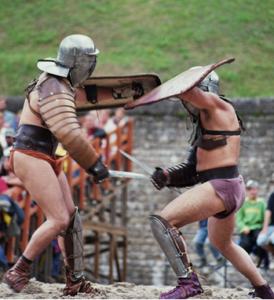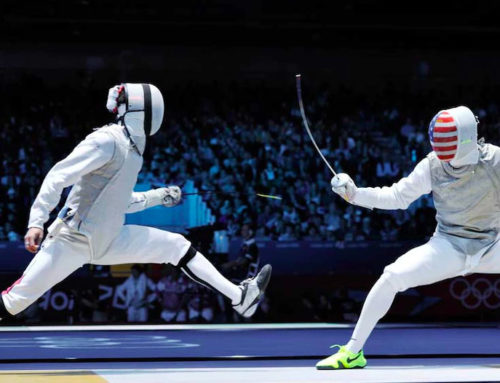Historical Development of Fencing Sports
The historical development of fencing parallels the advancement of human race, from the times of antiquated Egypt and Rome, to the savage Dim Ages, to the quick and exquisite Renaissance, up to the cutting edge, progressively well-known fencing of today. Fencing has dependably been viewed as more than a game; it is a work of art, an antiquated image of force and transcendence, and a profoundly individual, singular type of expression.

Fencing is and dependably has been a natural piece of life, from the dueling and clash of yore to the broadly dazzling motion pictures and aspects of mainstream culture, for example, Zorro and The Princess Lady of the hour. Fencing started as the act of swordsmanship to get ready men for duels and fighting. The earliest confirmation of fencing as a game originates from a cutting in Egypt, going back to around 1200 B.C., which demonstrates a fencing session with covers, defensive weapon tips, and judges , and the old Babylonians, Greeks, Persians, and Romans all had some type of fencing.
The Greek and Roman developments supported short swords and light lances, and taught their warriors in schools called ludi. The breakdown of the Roman progress at around 476 A.D., in any case, brought the unrefined, substantial weapons of the savage trespassers and flagged a relapse of fencing through the dull ages. It was not until the beginnings of the Renaissance in the fourteenth century that light, quick weapons, for example, the sword returned into utilization, principally on the grounds that black powder rendered overwhelming covering out of date.
The utilization of reinforcement amid the medieval times made swordsmanship for all intents and purposes out of date. The broadsword was utilized against defensive layer, however just as a rough hacking gadget requiring sheer quality as opposed to aptitude. The swords of that period were fairly substantial, and cutting the adversary with the edge was underlined. Further, subsequent to the sword was much of the time a weapon of resistance against cheats, strategies included wrestling holds and traps intended to incapacitate or immobilize the rival to set him up for the killing blow.
By making defensive layer out of date, the advancement of guns incidentally brought swordplay once more into noticeable quality amid the fifteenth century. Troopers at the end of the day needed to secure some ability with the sword, and fencing additionally rose as a side interest for men of honour. Fencing Experts sorted out societies, which taught different moves to starts while shielding them as competitive advantages from outcasts.



